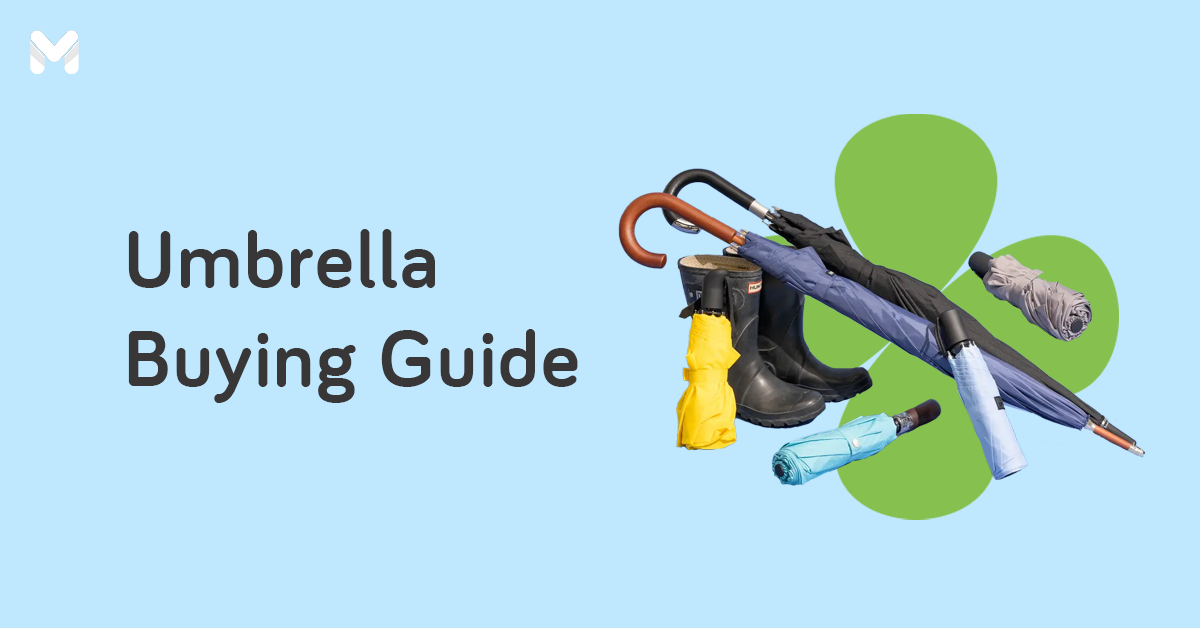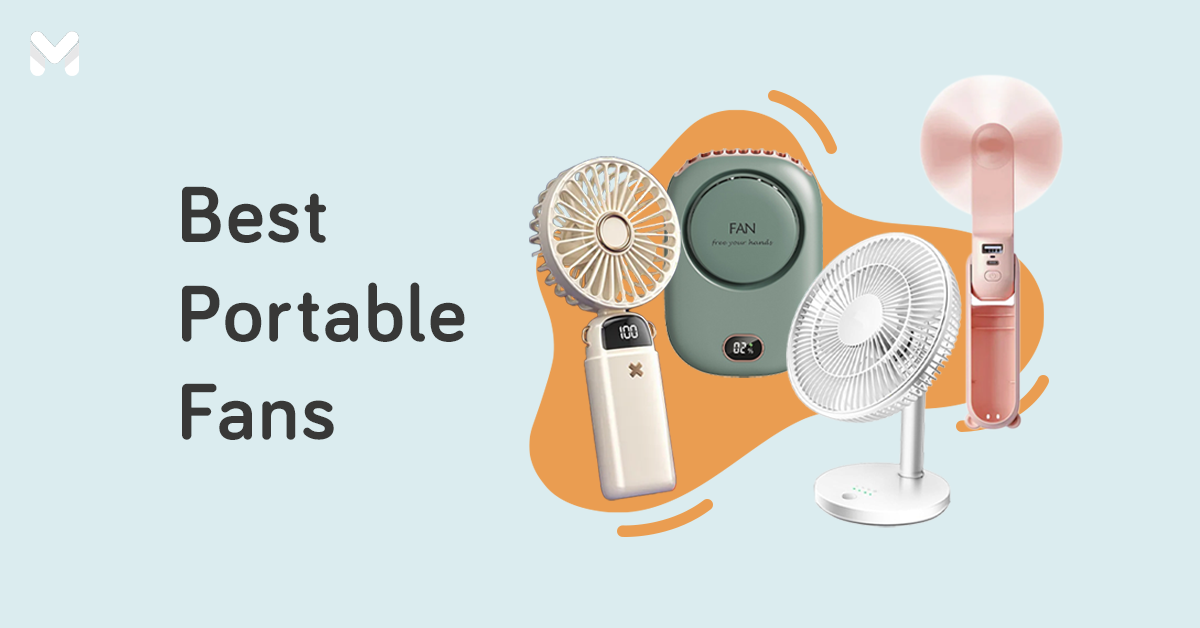Many believe that the only good way to manage money is to save it. As much as possible, spending should be kept to a minimum. This logic results in over-saving and underspending, which isn’t exactly a good combo.
You shouldn’t overspend, but that doesn’t mean you should hoard money. Think of spending and saving as yin and yang—they should be balanced.
To keep both your shopaholic and stingy tendencies in check, you should know when to save and when to spend. This article will provide an easy-to-understand guide.
Frugal vs Cheap: What’s the Difference?
Before you learn when to save and when to spend, it’s important to know your money persona. You may identify as frugal or cheap, believing that they mean the same thing. The overlap is understandable, but in reality, there’s a difference between the two.
So what’s the difference between being frugal vs cheap?
Being frugal means maximizing the value of money. It’s about not being wasteful or extravagant. Frugal people care about the quality of their purchases and always look at the bigger picture when spending. They also know their priorities, and they’re willing to spend on them.
Being cheap, on the other hand, is about getting the lowest prices and deals. Those who have this attitude may not care about the quality of an item as long as they can get it at a rock-bottom price.
Unlike frugality, however, stinginess comes with consequences. For instance, cheap people may be willing to sacrifice comfort for an affordable yet inconvenient flight schedule. They may also go for cheaper shoes that break after a year instead of a more expensive yet high-quality pair that can last years.
Now that you know the difference between frugal vs cheap, you’re well on your way to becoming a mindful spender.
Read more: 40 Money-Saving Tips for Everyone: The Ultimate Financial Hacks List
Four Marketing Tactics You Should be Wary Of
There’s a difference between frugal vs cheap people, but both can fall prey to marketing tactics designed to get people to spend more. Here are some to watch out for whenever you’re shopping:
Buy Now, Pay Later
Out of all the marketing tactics, this one's the most enticing. After all, you're getting what you want without spending money on the spot. On paper, a buy now, pay later program is a convenient way to pay for a purchase, especially for big-ticket items. The problem is that most of us only focus on the "buy now" part and completely ignore the "pay later" part.
That is, until it's too late. Whether you signed up for a store's installment program or availed of one using your credit card, going the buy now, pay later route requires financial responsibility and discipline. Make sure you have the means to pay for it in the future. Otherwise, just earn enough money to buy the things you need or want without relying on credit.
Buy One, Take One

If we're ranking marketing tactics based on attractiveness, then this one takes the cake. It's the concept of paying for the piece of one. The problem is that it's not usually the case. Most of the time, buy one, take one promos have inflated prices. In some instances, the promo price is the same as the normal price multiplied by two.
But because your brain is convinced the second one is free, you end up buying more than you need. You’ll spot this marketing tactic mostly in grocery stores. Restaurants also employ this tactic but with the exact promo mechanics usually hidden with tiny asterisks.
Read more: How Social Media is Influencing Your Finances, For Better or Worse
The 99 Pricing Strategy
You’re eyeing two hats at your favorite fashion store. The one is priced at ₱500 while the other one’s at ₱499. Which one is more enticing to buy? If you said the latter, then you fell into the trap of the 99 pricing strategy. While ₱499 is technically cheaper than ₱500, the difference is so insignificant that you won’t be saving that much money.
Researchers Maoj Thomas and Vicki Morwitz presented a theory[1] in the Journal of Consumer Research that explains this phenomenon. “Nine-ending prices will be perceived to be smaller than a price one cent higher if the left-most digit changes to a lower level,” they explained. So don’t let those 99 digits fool you—if it’s too expensive for you, don’t buy it.
“New and Improved”

The smartphone market thrives with this particular marketing tactic. Ever noticed how smartphone makers churn out new models every six months? By adding more features and touting their products as better than the last one, they influence consumers to feel bad about their current device. As a result, everyone pines for the new one when they clearly don't have to.
As much as possible, don't fall for this trap. Always stick with what you have or stay loyal to a brand you trust the most. Don't buy something just because it's new—buy it because you believe in the brand, the product, and your ability to make the most out of your purchase.
When to Spend Your Money
So how do you decide when to spend or when to save? Generally, you should spend on things that can improve your quality of life and save you money in the long run. Here are some examples of when to stop saving and start spending:
Taking Care of Your Health
Health is wealth. You can’t build wealth when your health is compromised. Don’t skip check-ups. Address health concerns immediately. Don’t feel guilty about getting a pricier health card, consulting with a therapist,[2] and even buying fresh produce at a weekend market. In the long run, your body will thank you for spending on these things.
Your well-being cannot take a backseat. So if you’re required to undergo a procedure, don’t make excuses just to avoid spending your money. Don’t accept cheaper substitutes, such as dubious procedures not sanctioned by science). Your life is more important than keeping your money untouched.
Protecting Your Family
Prioritize shielding your family from life’s uncertainties. As such, get yourself a health or life insurance policy. This ensures that your loved ones will have money in case something unexpected happens to you.
You can also get your loved ones the same protection. It’s an additional expense, but at least everyone in the family can enjoy peace of mind. If you’re still looking to save money, check your employer’s benefits.
Improving Your Skills

New skills can make you an attractive candidate in the job market. However, upskilling costs money, especially when your specialization is highly technical. Still, don’t think twice about undergoing training or getting classes since the payoff is usually significant. Just think of the whole thing as an investment.
Getting an MBA? You’ll receive more than mentorship. You’ll also build your professional network, which may include potential clients and even business partners.
Buying High-Quality Items You Actually Need
A pair of intelligently designed sneakers, a more advanced computer, and stylish clothing aren’t exactly investments. But they can help improve your life in some aspects.
If you’re a runner, you’ll enjoy enhanced comfort and performance with an excellent pair of running shoes. You can also improve your workflow with a better, splurge-worthy laptop. And if you can wear that stylish dress or suit on more than one occasion, go ahead and buy it.
Read more: Five Popular Second-Hand Shops in the Metro
Buying Stocks or Mutual Funds
If you’ve already secured your short-term savings and long-term emergency fund, you can focus on building wealth. In other words, start investing.
Got some excess money? There shouldn’t be a question of when to save and when to spend on investments! When the market is low, take advantage by buying stocks or mutual funds. Nothing is certain when it comes to investing. But if you’re playing the long game, you’ll surely see yields.
Just a word of caution: make sure that you know what you’re getting into. Do your due diligence.
Building a House
A house is important not just because of its investment potential but also because it’s where you’ll live for a long time. Wondering, “When should I save money?” You can spend less on some areas of your project. Instead of getting an expensive granite slab for your kitchen, install regular tiles. Forego the swimming pool and replace it with a simple garden.
But there are some aspects you shouldn’t skimp on. This includes parts exposed to harsh conditions, such as the roof, windows, doors, and foundations. Choose high-quality materials that’ll last a long time, so you can keep replacements at bay. Don’t cut costs on parts meant to keep your family safe.
When to Save Money
Figuring out when to save and when to spend shouldn’t be too tricky if you know your priorities. Consider some of the situations below:
Buying Everyday Consumables

A lot of everyday consumables usually wear or run out at the same pace regardless of the brand. These include hand soap, shampoo, tissue paper, and the like. If you can live with a cheaper or more generic option, you get to save money.
Thankfully, many retailers sell generic equivalents of branded products. Check out the quality before committing.
Buying Appliances and Gadgets
Top-of-the-line appliances and gadgets may be tempting. But do you really need to get them? If you want to save a significant amount of money, consider getting an older model. Sometimes, newer models offer only minimal upgrades. In such cases, going for an older model makes more sense since it can still get the job done.
Commuting
Should commuting be subject to the question of when to save and when to spend? That depends on the situation. If you’re not in a hurry, taking the jeep or the train is cheaper. Walking or biking is a practical choice if your destination is nearby.
Getting Medicines
You must put a premium on health, but that doesn’t mean always going for the expensive choice. Use this principle when buying medicines. Instead of going straight for the branded pill, ask the pharmacist if they offer the generic equivalent. Generic drugs are just as effective as branded ones since they contain the same active ingredients.[3]
Stocking Up on Groceries
Wondering when to save and when to spend while shopping for groceries? When you go to the supermarket or palengke, you’ll be greeted by an overwhelming sea of choices. Chances are, you’ll come across two or more nearly identical products in terms of quality but at different prices. In such cases, it’s obviously wiser to go for the cheaper option.
Find cheaper deals by comparing similar products offered by different stores. You can also save money by haggling.
Read more: Mastering the Art of Haggling
Final Thoughts
Ultimately, knowing when to save and when to spend depends on your lifestyle and preferences. But there are some key techniques to determine when you should be doing which. If you decide to splurge, make sure you’re not doing it out of impulse; there should be a purpose behind it. Being cheap, on the other hand, should not be motivated by a desire to pay less at the expense of your and your loved ones’ convenience.
Sources:
- [1] The Left-Digit Effect: Why Game Prices End in .99 (Psychology Today, 2013)
- [2] Nine tips for Finding the Right Therapist (Healthline, 2022)
- [3] What are Generic Drugs? (Department of Health Philippines)










